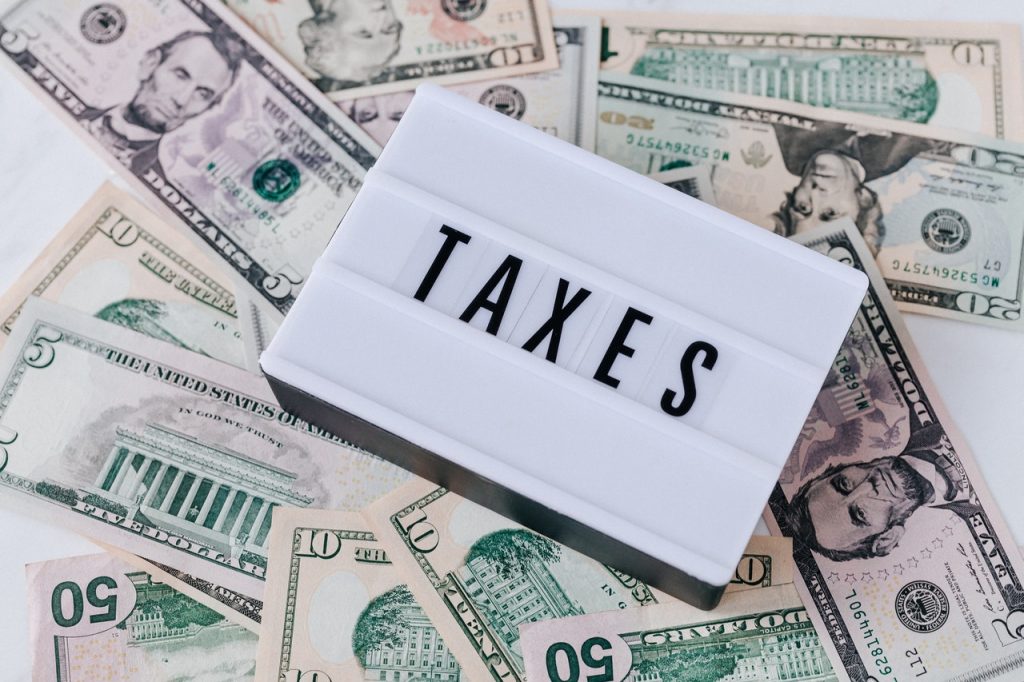IRS ISSUES GUIDANCE ON PAYROLL TAX DEFERRAL
As we previously advised, on August 8th President Trump signed an Executive Order authorizing the deferral of certain payroll taxes for September 1 through December 31, 2020. Specifically, the Executive Order authorizes, but does not require employers to suspend the withholding and payment of the employee portion of Social Security taxes. President Trump has said that if he is re-elected, he would ask Congress to waive repayment of the deferred taxes.
On August 28th, the U.S. Department of Treasury and Internal Revenue Service (IRS) issued guidance to clarify how the tax deferral would work.

The deferral would only apply to those employees making less than $4,000 biweekly (pretax) during the period of September 1, 2020 to December 31, 2020. Eligibility is determined on a pay period-by-pay period basis, meaning that if an employee makes less than $4,000 during one biweekly pay period, the employee would be eligible for tax deferral for that pay period, even though the employee makes more than $4,000 during other pay periods.
Since this just a deferral and not a waiver of taxes owed, any taxes deferred would need to be paid at a later date — January 1, 2021 through April 30, 2021 per the IRS guidelines. After April 31, 2021, interest and penalties would accrue for deferred taxes not paid. That could mean a double withholding for the period of January 1, 2021 through April 30, 2021, which could cause a financial hardship for employees. Since the responsibility is on the employer to withhold and pay the deferred taxes, it could also mean that employers may be on the hook for paying the deferred taxes for employees that are no longer employed when payments become due.
Employers who have questions regarding this payroll tax deferral should contact their trusted tax adviser. Nevada Association of Employers (NAE) will continue to monitor this issue and keep employers informed of the latest developments. Not getting our news alerts? Sign up for our email list.
Mailing List Sign Up Form
Fill out this mailing list sign up form to receive monthly email updates on the latest NAE news, HR issues, special events, training dates and more!
